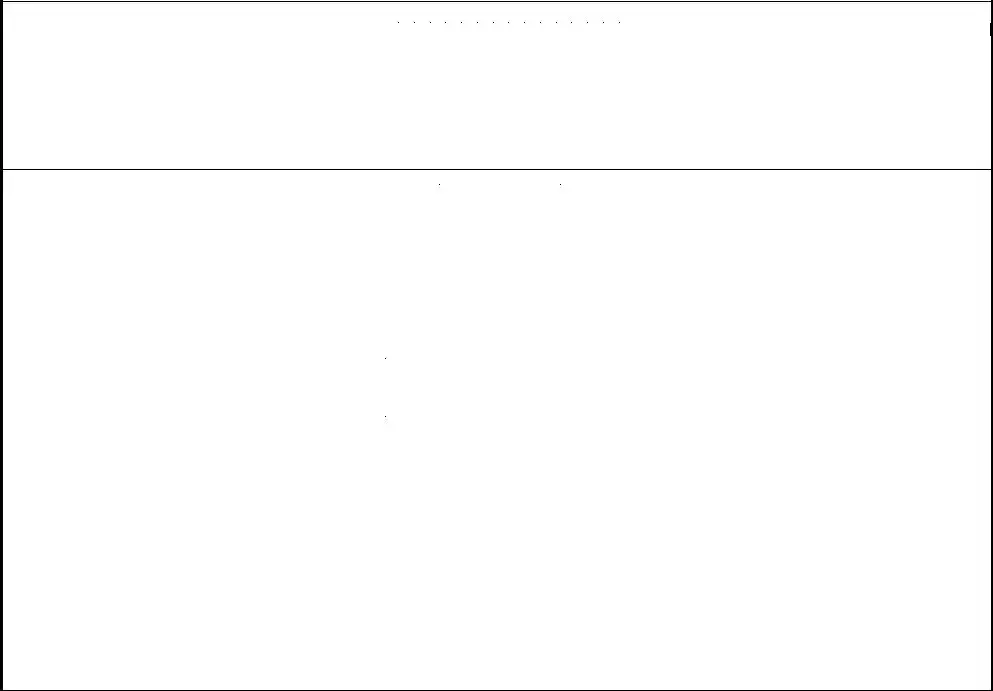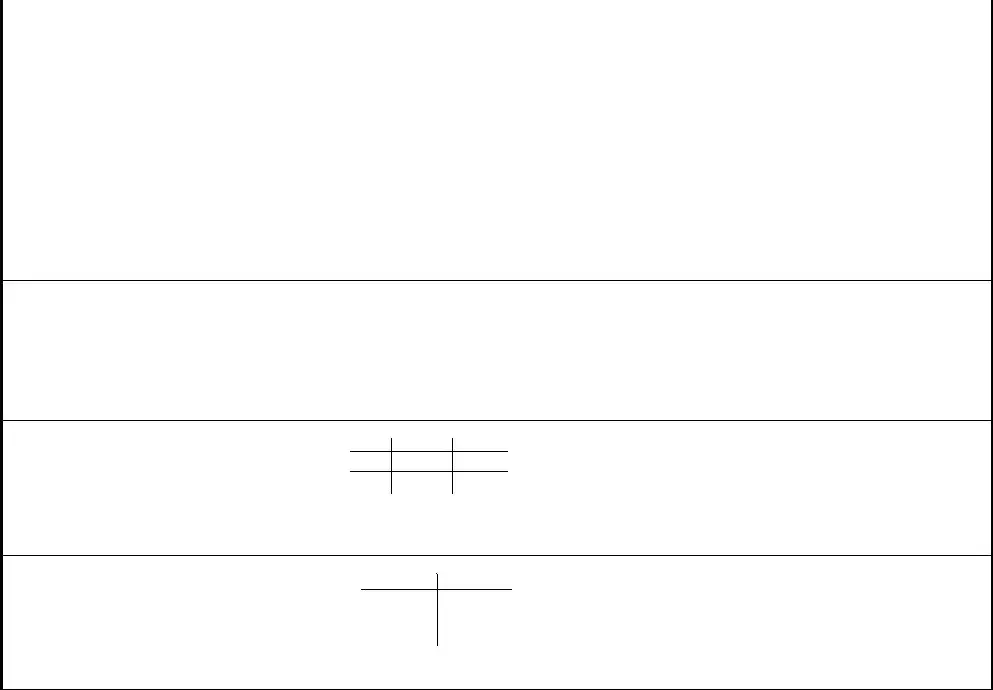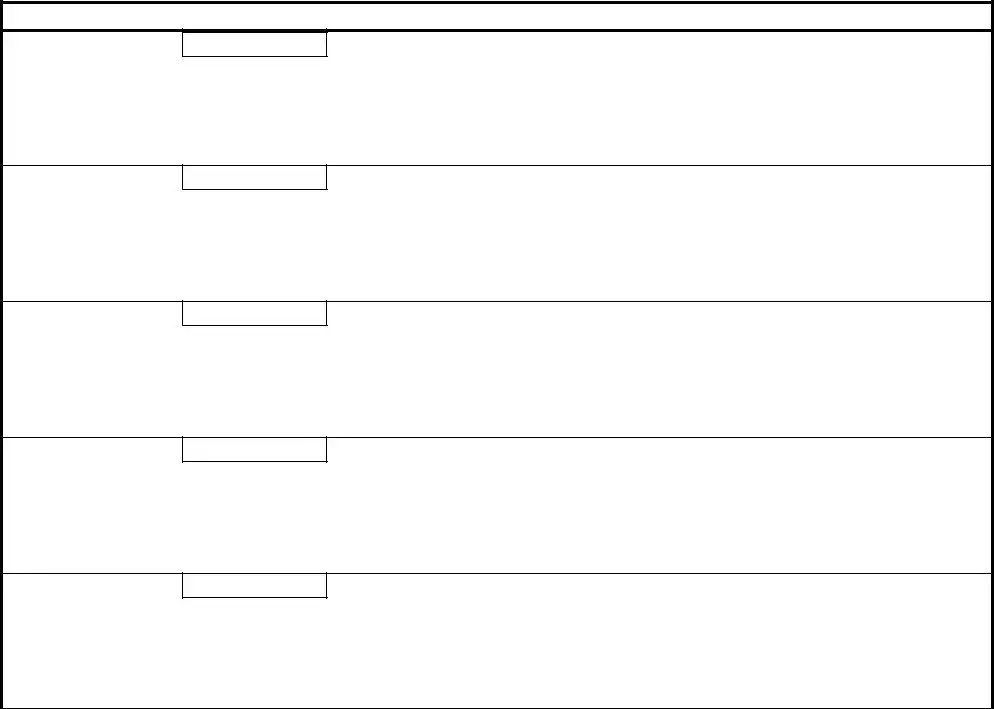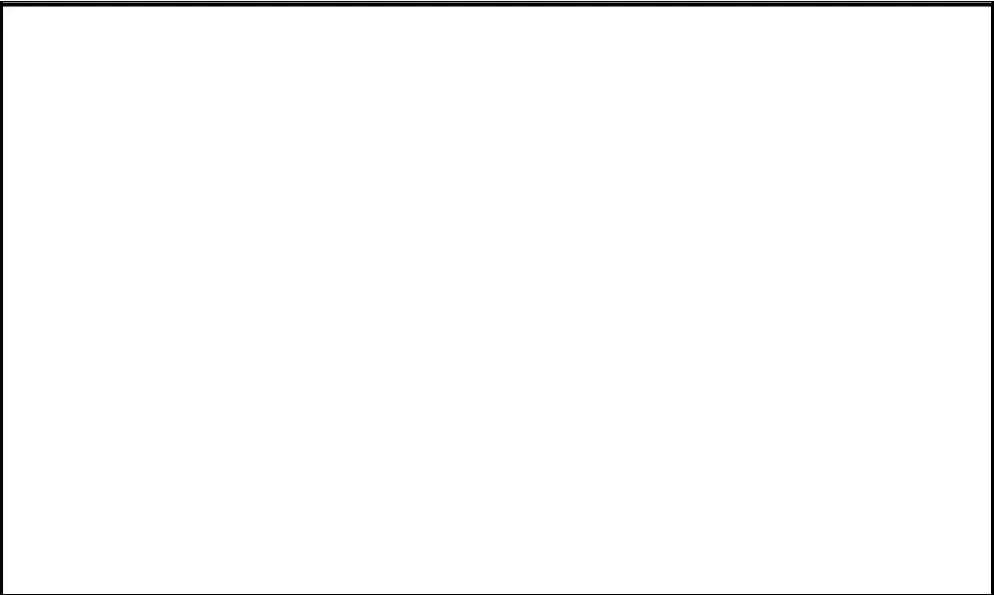What is the EF 1143 A form?
The EF 1143 A form, commonly referred to as the Expanded Early Childhood Environment Rating Scale (ECERS), allows educators and observers to evaluate the quality of early childhood environments. By using this form, various aspects of the childcare environment—including space, furnishings, personal care routines, and opportunities for learning—are assessed, enabling professionals to identify strengths and areas that may need improvement. The ultimate goal is to enhance children's learning experiences.
Who uses the EF 1143 A form?
This form is primarily used by early childhood educators, program administrators, and evaluators within childcare settings. By observing classrooms and filling out the form, they can gather important information for assessments, staff training, or accreditation processes. Consequently, its comprehensive and structured approach can help improve educational quality across various programs.
How is the EF 1143 A form structured?
The structure of the EF 1143 A form consists of sections that focus on different categories, such as Space and Furnishings, Personal Care Routines, Language-Reasoning, and Activities. Each category contains specific items to evaluate, allowing observers to score the quality of the environment on a scale. This detailed breakdown helps pinpoint specific practices that support or hinder effective early childhood education.
What is the scoring system for the EF 1143 A form?
Scores for each item on the form range from 1 to 7, where higher numbers indicate better quality. The observer will evaluate different components within each category, tallying scores to calculate an average. This overall score helps determine how well the environment meets established standards for early childhood education.
How long does an observation take using the EF 1143 A form?
The observation time can vary based on the specific setting and the number of children present, but generally, it takes between 2 to 4 hours. This includes the time spent observing the classroom dynamics, interactions, and activities, as well as completing the form itself. Sufficient observation time allows for a comprehensive evaluation of the environment.
Are there specific training or qualifications needed to complete the EF 1143 A form?
While there are no formal prerequisites, having training in early childhood education and familiarity with the ECERS framework is highly beneficial. Training sessions often provide guidance on using the form effectively, giving individuals the skills to conduct accurate and reliable observations. Individuals who understand child development principles will generally find it easier to assess environments meaningfully.
How can the results from the EF 1143 A form be used?
The results from the EF 1143 A form serve various purposes. They can inform quality improvement initiatives within early childhood programs, guide professional development for staff, and even assist in funding applications or accreditation processes. Using the information gathered from the assessment helps stakeholders make data-driven decisions to enhance the educational environment for children.
Can parents access the EF 1143 A form results?
While the primary use of the EF 1143 A form is for internal assessments, parents may be able to access summaries or reports derived from the assessments. It could depend on the policies of the specific childcare program. Transparency around assessment outcomes can help engage parents and strengthen the partnership between them and educators, ultimately supporting the child's educational journey.
What should I do if I have further questions about the EF 1143 A form?
If you have additional questions or concerns, reaching out to your childcare program director or the individual responsible for conducting evaluations at your center is a great start. They can provide more personalized information and address any specific inquiries you may have about the form and its implementation. Always feel free to ask; seeking clarification is essential to foster a better learning environment.







